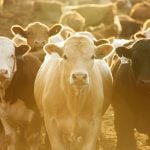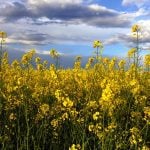
Features
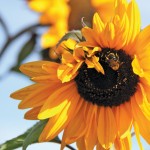
Viable substitutes for neonicotinoids
Some groups are calling for bans on neonic pesticides. Get the scoop on alternatives for your farm
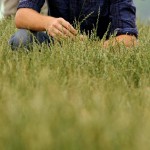
Grass seed industry has solid niche
Not everyone seeds forage, but moving into grass seed production may be beneficial for some

Getting into growing grass seed crops
Growing grass seed can fit well into a rotation. Here are seven tips for beginning grass growers
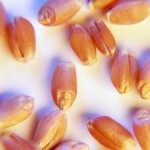
Five tips to get your seed off to the right start
Seed growth specialist Nick Petruic has 5 tips for getting your seed off to the right start
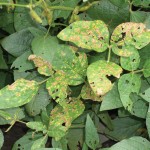
Soybean sudden death
Sudden death syndrome has not yet been found in the Canadian Prairies, but vigilance can’t hurt
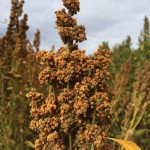
Quinoa: the new ancient superfood
With growing demand, Northern Quinoa plans to triple its contracted acreage for the 2015 growing season
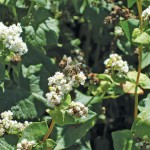
Re-building buckwheat production
Buckwheat is difficult to grow and hard to market. But there is money to be made when things go well

Palmer amaranth is a looming concern
This aggressive, herbicide resistance weed has been travelling north, and may be in our fields soon

Practical ways to fight herbicide resistance
Do you have herbicide resistant weeds growing in your field?
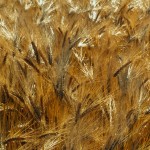
Barley varieties for 2015
The Canadian Malting Barley Technical Centre has released its list of varieties for the next crop year

